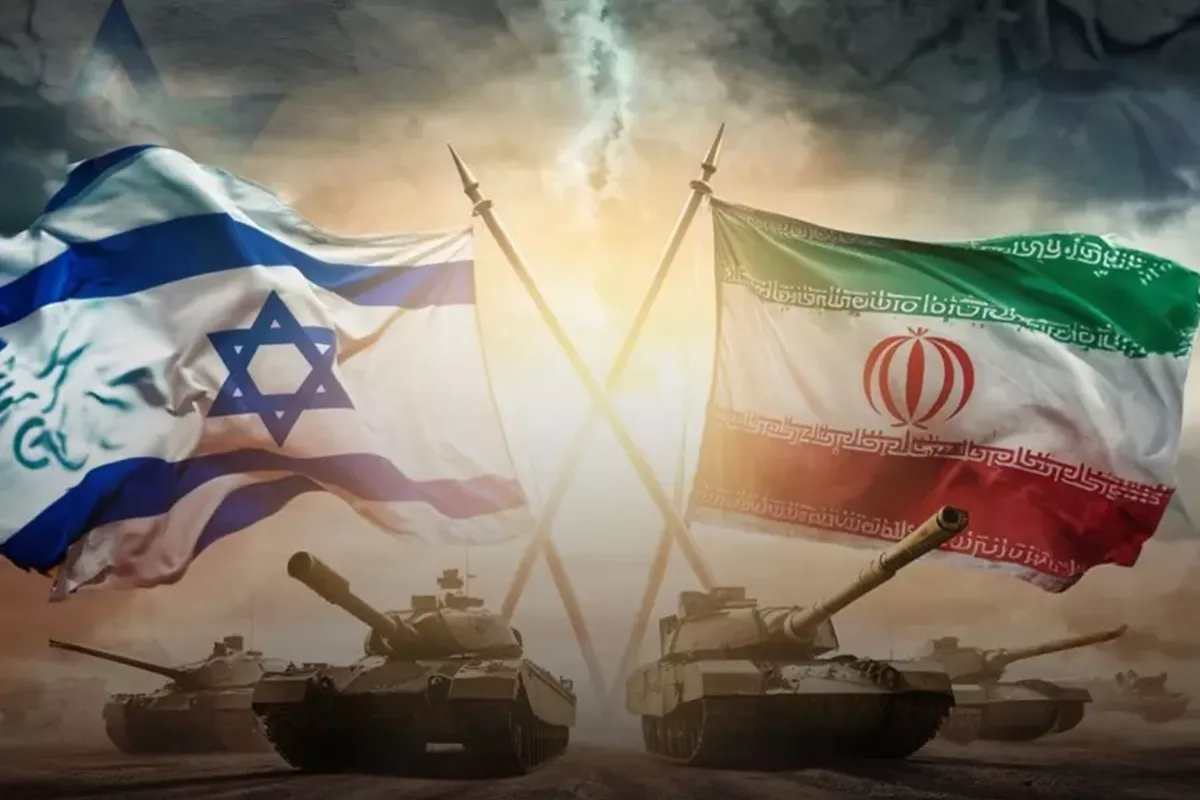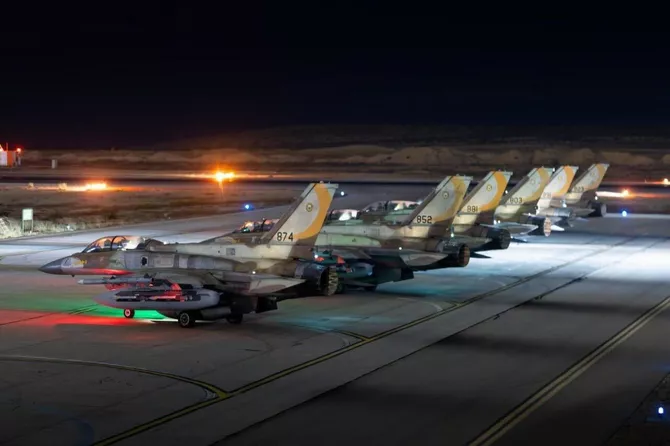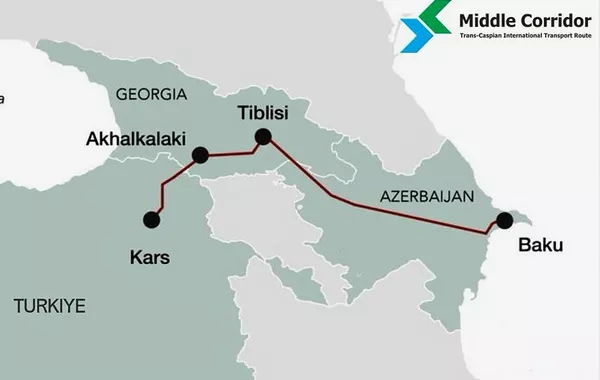
Stock image
On June 13, 2025, the largest Israeli air operation in decades began against Iran. This moment may go down in history as a turning point-marking the transition from shadow warfare to open military confrontation between two regional powers.
Seeking to halt Iran’s nuclear program, Israel moved beyond targeted operations to a full-scale aerial assault. In response, Iran launched a counterstrike using its arsenal of drones and missiles. Both nations are now engaged in a direct military exchange, the full consequences of which are yet to unfold.
Israel’s Offensive: Technological Superiority and Strategic Intent
Codenamed "Rising Lion," the Israeli operation involved around 200 fighter jets, including upgraded F-15s, F-16s, and likely F-35s. Key targets included Iranian nuclear facilities-Natanz, Fordow, Arak-as well as air defense infrastructure, missile launchers, and IRGC command centers.

According to open sources, over 330 precision-guided munitions were deployed during the strike-ranging from guided bombs and air-to-surface missiles to anti-radar systems. The operation also reportedly involved cyberattacks aimed at paralyzing Iran’s communications and command networks. Simultaneously, Mossad units allegedly carried out targeted eliminations of nuclear scientists and military officials inside Iranian territory.
Damage and Objectives
Among those reported killed in the strikes were high-ranking military leaders such as Major General Hossein Salami (IRGC Commander), General Mohammad Bagheri (Chief of Staff), and several key nuclear physicists working on uranium enrichment. Israel’s objective is clear: to disrupt Iran’s path to acquiring nuclear weapons and to decapitate its military leadership capable of authorizing offensive operations.
Iran’s Response: Drones, Missiles, and a Show of Force
Despite significant losses, Iran responded swiftly. More than 100 drones, including Shahed-136 and Shahed-129 models, as well as short-range ballistic missiles, were launched toward Israeli territory and strategic infrastructure.
Israel’s Iron Dome, David’s Sling, and Arrow-3 air defense systems-operating in coordination with neighboring states-successfully intercepted the vast majority of incoming threats. Still, Iran’s ability to orchestrate a large-scale asymmetric retaliation signals that it remains a formidable adversary.
Geopolitical Implications
The military confrontation between these two major Middle Eastern powers significantly heightens the risk of regional destabilization. Saudi Arabia, the UAE, and other Gulf nations have frozen dialogue with Tehran. Hezbollah in Lebanon has signaled its readiness to support Iran, raising the specter of a northern front against Israel.
The United States has called for de-escalation but affirmed Israel’s right to self-defense. European governments expressed concern over potential strikes on nuclear facilities, fearing environmental disasters. Meanwhile, Russia and China have urged an emergency meeting of the UN Security Council.

Maxar Technologies/Reuters
Is There a Way Out?
The key question now is whether this escalation remains a contained episode or spirals into a prolonged war. Israel appears determined to continue strikes until Iran’s nuclear capabilities are eliminated. Tehran, on the other hand, cannot afford to appear weak-further drone attacks, missile launches, or cyberwarfare are likely in the coming days.
In essence, the aerial war between Israel and Iran is not just about infrastructure-it is a battle over who sets the geopolitical agenda in the region. This conflict could prove decisive for the future of the Middle East, the global balance of power, and the fate of nuclear nonproliferation.
Share on social media
